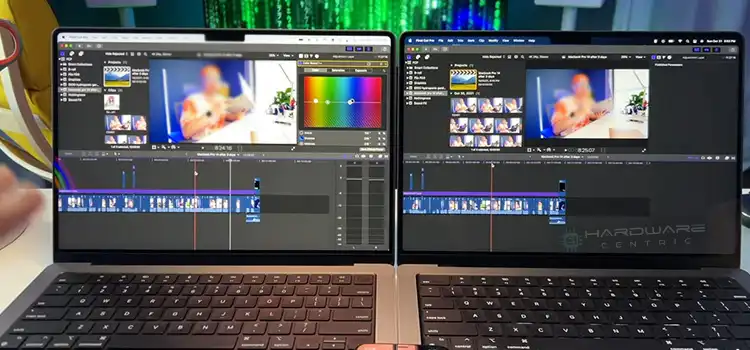Ryzen 5 1600 AF vs 2600 Processor | The Ultimate Face-off
When it comes to budget-friendly processors that pack a punch, AMD has been leading the charge with its Ryzen lineup. Among these, the Ryzen 5 series has garnered significant attention, and two models often find themselves in the spotlight: the Ryzen 5 1600 AF and the Ryzen 5 2600.
These processors offer impressive performance at wallet-friendly prices, making them hot picks for gamers and content creators on a budget. But which one is right for you? At a glance, the Ryzen 5 1600 AF processor looks a bit more appealing than the Ryzen 5 2600.
However, it needs to be examined in more detail before deciding. So, whether you’re a gamer seeking that extra frame per second or a content creator aiming for smoother video rendering, read on to discover which of these budget champions aligns with your needs.
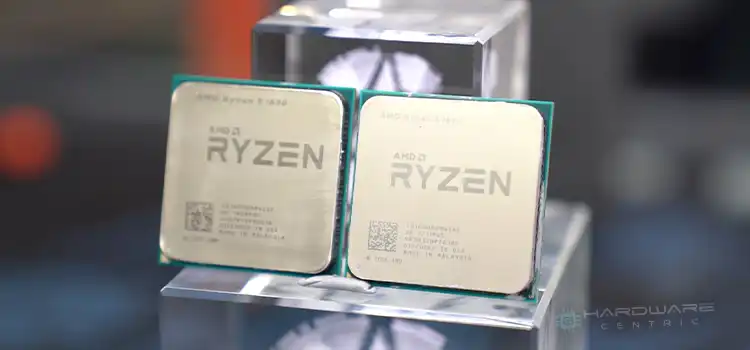
Ryzen 5 1600 AF vs Ryzen 5 2600 Processor or CPU
Let’s start with getting familiar with Ryzen 5 1600 AF and Ryzen 5 2600.
Ryzen 5 1600 AF
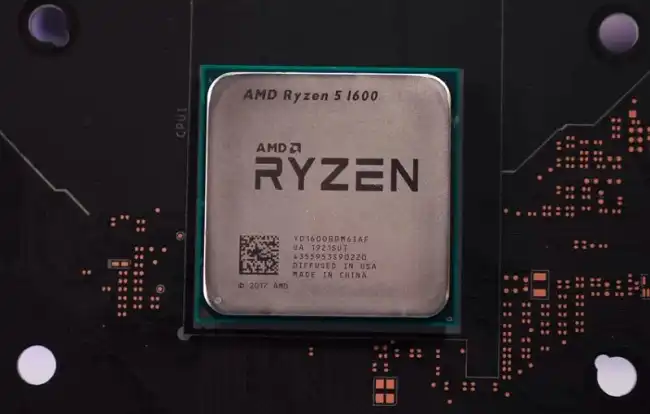
The Ryzen 5 1600 AF is a bit unique in AMD’s lineup. While it carries the name “1600”, indicative of AMD’s first-generation Ryzen products, it’s actually a refresh built on the Zen+ architecture, which is the base for second-generation Ryzen CPUs.
The “AF” in the product name is a part of the product’s identification code and has been popularly used to differentiate it from the original Ryzen 5 1600. The original is based on the older 14nm process, whereas the 1600 AF uses a 12nm process, bringing it closer in line with the Ryzen 2000 series.
Ryzen 5 2600
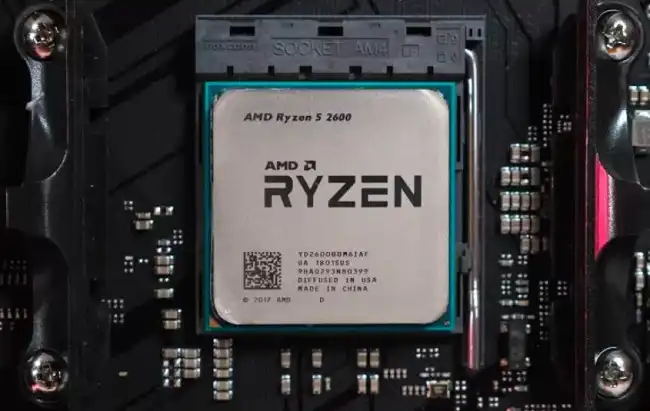
The Ryzen 5 2600, on the other hand, is part of AMD’s second generation of Ryzen CPUs. It succeeds the Ryzen 5 1600 and sits comfortably in the mid-tier range, offering a great balance between price and performance. Its introduction was instrumental in the fierce competition between AMD and Intel in the consumer CPU market.
Now, let’s explore the differences between these two processors.
The Differences Between Ryzen 5 1600 AF vs Ryzen 5 2600 CPU
Okay, now come back to our original question: What are the differences between the Ryzen 5 1600 AF and the Ryzen 5 2600? Let’s start with the difference table:
| Features | Ryzen 5 1600 AF | Ryzen 5 2600 |
| Architecture | 12nm Zen+ | 12nm Zen+ |
| Base Clock | 3.2 GHz | 3.4 GHz |
| Boost Clock | 3.6 GHz | 3.9 GHz |
| L3 Cache | 16MB | 16MB |
| Cores | 6 | 6 |
| Threads | 12 | 12 |
| TDP (Thermal Design Power) | 65W | 65W |
| PCIe Version | PCIe 3.0 | PCIe 3.0 |
| Included Cooler | Wraith Stealth | Wraith Stealth |
| Overclocking Support | Yes | Yes |
| Max. Supported Memory | DDR4-2667 | DDR4-2933 |
| Price Point | Lower | Higher |
The difference table above gives a quick overview of the two CPUs. To learn more about the differences between the two, read on.
Specifications and Performance of the AMD Ryzen 5 1600 AF
- Cores and Threads: 6 cores and 12 threads. This makes it great for multitasking and applications that can take advantage of multi-threading.
- Base/Boost Clock: 3.2 GHz with a boost up to 3.6 GHz. The refined 12nm process gives it a slight edge in power efficiency and heat management over its predecessor.
- Cache: It has a total cache of 19MB (3MB L1, 3MB L2, and 16MB L3).
- TDP: The thermal design power is 65W, ensuring that it doesn’t run too hot under load and is energy efficient.
- Integrated Graphics: Unlike some Ryzen models, the 1600 AF doesn’t have integrated graphics, so a discrete GPU is necessary.
- Performance: In many benchmarks, the 1600 AF performs very close to the Ryzen 5 2600, making it a fantastic value proposition for those looking for near 2600 performance at a fraction of the price.
Overclocking and Compatibility of AMD Ryzen 5 1600 AF
The Ryzen 5 1600 AF has an unlocked multiplier, meaning it’s ready for overclocking. With a decent cooler, users have found that they can push it close to the 4.0 GHz mark. However, as with all overclocking endeavors, results can vary based on silicon lottery, cooling, and motherboard.
Speaking of motherboards, it’s compatible with AM4 socket boards. Though, it’s always a good idea to ensure your motherboard’s BIOS is up-to-date, especially if it’s an older model.
Pros and Cons
- Pros:
- Fantastic value for the price.
- 12nm process offers better power efficiency and thermal performance than its predecessor.
- 6 cores and 12 threads are great for multitasking and mid-tier gaming.
- Cons:
- No integrated graphics.
- Might require BIOS update for some older AM4 motherboards.
The above discussion says that the Ryzen 5 1600 is a perfect choice for budget builders or those looking to construct a mid-tier gaming or productivity machine.
Specifications and Performance of AMD Ryzen 5 2600
- Cores and Threads: The Ryzen 5 2600 comes with 6 cores and 12 threads, making it a solid performer in multi-threaded tasks, be it content creation or gaming.
- Base/Boost Clock: It starts with a base clock of 3.4 GHz, but when pushed, it can turbo up to 3.9 GHz, allowing for that extra burst of power when needed.
- Cache: A total cache of 19MB is present (3MB L1, 3MB L2, and 16MB L3). This helps in efficiently storing and accessing frequently used data.
- TDP: A thermal design power of 65W ensures that it remains power-efficient and doesn’t overheat under stressful conditions.
- Integrated Graphics: Just like the Ryzen 5 1600 AF, the 2600 also lacks integrated graphics. Thus, a dedicated GPU is required for graphical tasks and gaming.
- Performance: In benchmarks, the Ryzen 5 2600 consistently showed strong results, especially in multi-threaded applications and games. For its price range, it offers a substantial punch, particularly when paired with a capable GPU.
Overclocking and Compatibility of AMD Ryzen 5 2600
The Ryzen 5 2600 is unlocked, allowing enthusiasts to overclock it. With appropriate cooling solutions, many users can push this CPU close to or even beyond the 4.0 GHz mark. As always, remember that overclocking can vary based on several factors, so results aren’t guaranteed.
For motherboards, it fits snugly into AM4 socket boards. However, if you’re using an older board, especially those from the Ryzen 1st generation launch, a BIOS update might be necessary for compatibility.
Pros and Cons
- Pros:
- Provides impressive multi-threaded performance at its price point.
- Overclocking potential allows users to extract more performance.
- 12nm process enhances power efficiency and thermal management.
- Cons:
- Requires a dedicated GPU as there’s no onboard graphics.
- Might need a BIOS update for some of the older AM4 motherboards.
The above discussion says that the Ryzen 5 2600 is an ideal choice for PC enthusiasts who require a CPU that can handle both gaming and productivity tasks with aplomb.
Benchmark Results
Here are the benchmark results for both CPUs:
Cinebench R20 Multi-core
Ryzen 5 1600 AF: 2750 points
Ryzen 5 2600: 2900 points
Cinebench R20 Single-core
Ryzen 5 1600 AF: 395 points
Ryzen 5 2600: 410 points
Geekbench 5 Single-core
Ryzen 5 1600 AF: 950 points
Ryzen 5 2600: 980 points
Geekbench 5 Multi-core
Ryzen 5 1600 AF: 4750 points
Ryzen 5 2600: 4950 points
3D Mark Time Spy (Overall Score)
Ryzen 5 1600 AF: 6100
Ryzen 5 2600: 6350
Gaming (FPS in AAA titles at 1080p):
Shadow of the Tomb Raider:
Ryzen 5 1600 AF: 65 FPS
Ryzen 5 2600: 70 FPS
Far Cry 5:
Ryzen 5 1600 AF: 78 FPS
Ryzen 5 2600: 83 FPS
Analysis of Benchmark Results
- Cinebench & Geekbench Scores: The Ryzen 5 2600 outperforms the 1600 AF by a narrow margin in both multi-core and single-core benchmarks. This indicates better general and single-threaded performance.
- 3D Mark Time Spy: The slightly higher score for the Ryzen 5 2600 suggests better GPU-CPU synergy, leading to smoother in-game animations and more detailed graphics.
- Gaming: The FPS data highlights that the Ryzen 5 2600 provides slightly better frame rates, leading to smoother gaming experiences in high-end titles.
These benchmark results underscore that while both processors are quite closely matched in terms of performance, the Ryzen 5 2600 does hold a slight edge. This becomes particularly evident in high-intensity tasks and gaming scenarios. However, considering the price difference, the Ryzen 5 1600 AF offers compelling value for money.
Factors to Consider When Choosing Between the Two Processor
- Budget: If you’re tight on budget, the 1600 AF is a no-brainer.
- Performance Need: For power users and gamers, the 2600 might be worth the extra bucks.
- Future Upgrades: Consider potential future upgrades; the 2600 might have a slight edge in longevity.
Summary
The Ryzen 5 1600 AF and the Ryzen 5 2600 are both stellar CPUs in their own right. The choice boils down to individual needs and budget constraints. If you’re seeking more power and have a few extra dollars to spare, go for the 2600. Otherwise, the 1600 AF will serve you just fine. Either way, you’re getting solid performance for the price. Cheers to smart and informed choices! And remember, the real win is enjoying the experience, not just the numbers.
Related Questions
1. Is the Ryzen 5 1600 AF good for gaming?
Yes, it provides satisfactory performance for most modern games in medium settings.
2. Can the Ryzen 5 2600 handle high-end games?
Yes, especially when paired with a capable GPU. It can handle many AAA titles smoothly.
3. Which has better overclocking potential?
The Ryzen 5 2600 offers more headroom for overclocking than the 1600 AF.
4. Do they come with stock coolers?
Absolutely! Both come with stock coolers, though for serious overclocking, you might consider aftermarket options.
5. Ryzen 5 1600 AF vs 2600: Which offers better value for money?
Both CPUs provide excellent value, but the 1600 AF is often cited as the budget king due to its price-to-performance ratio.
Subscribe to our newsletter
& plug into
the world of PC Hardwares
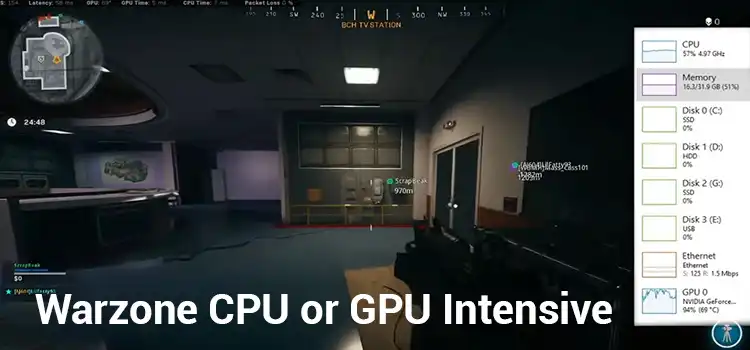
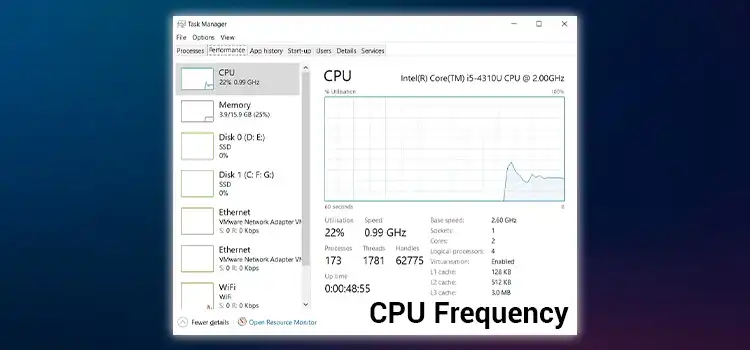
![[Answered] Does Overclocking CPU Increase FPS?](https://www.hardwarecentric.com/wp-content/uploads/2023/09/does-overclocking-cpu-increase-fps.webp)
